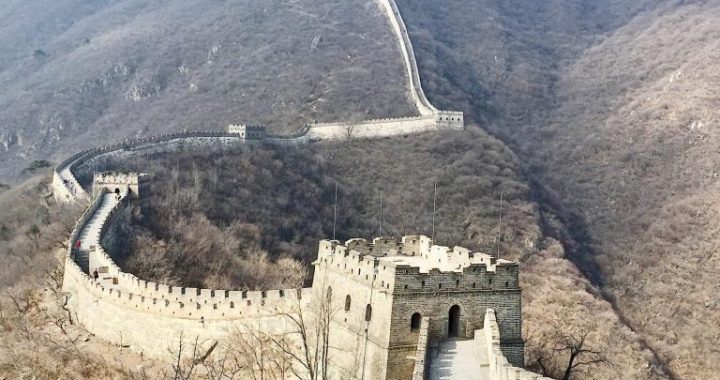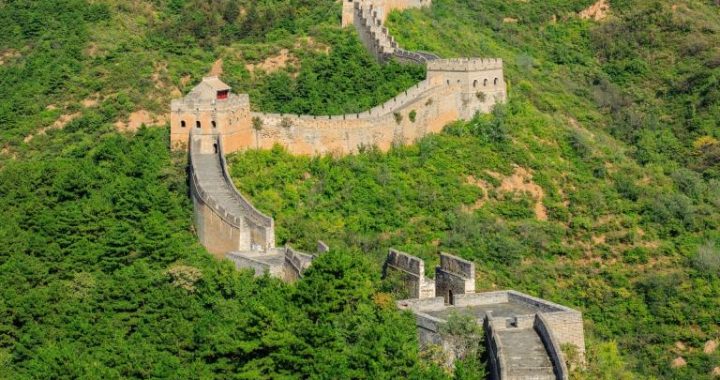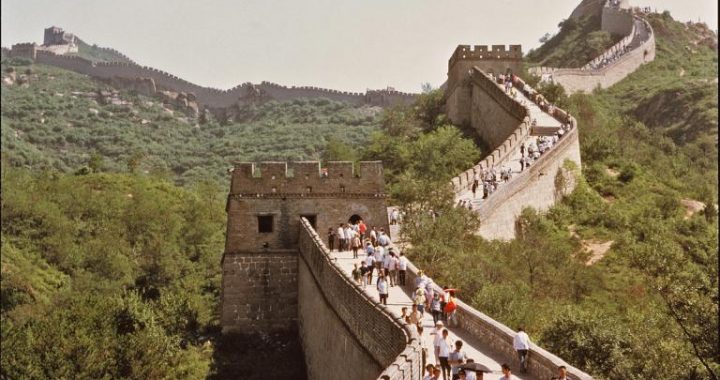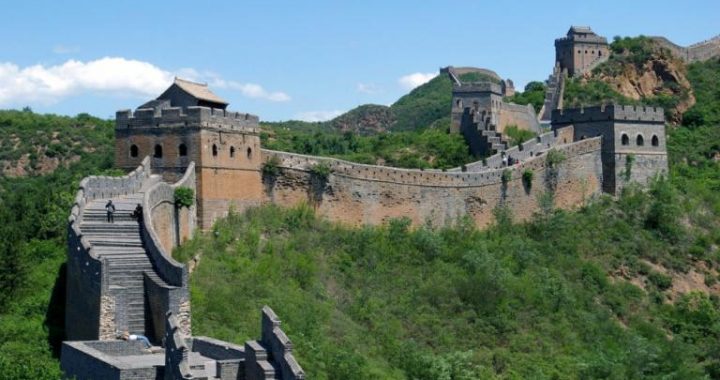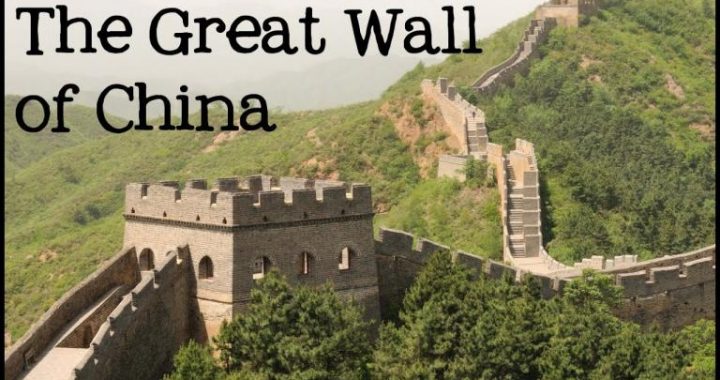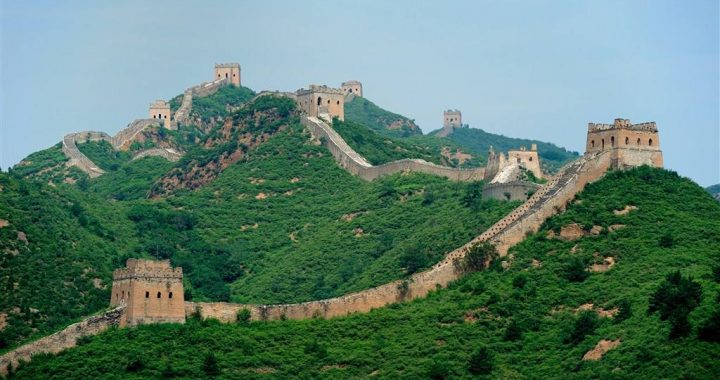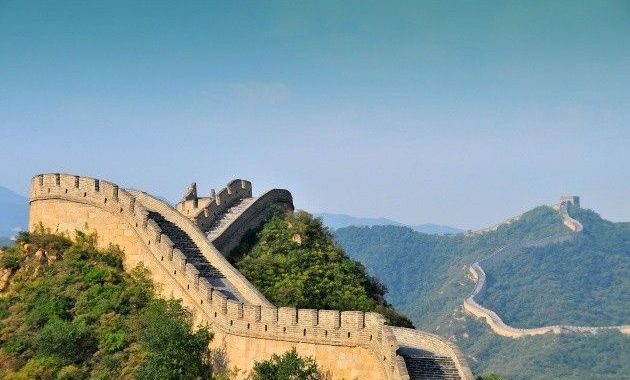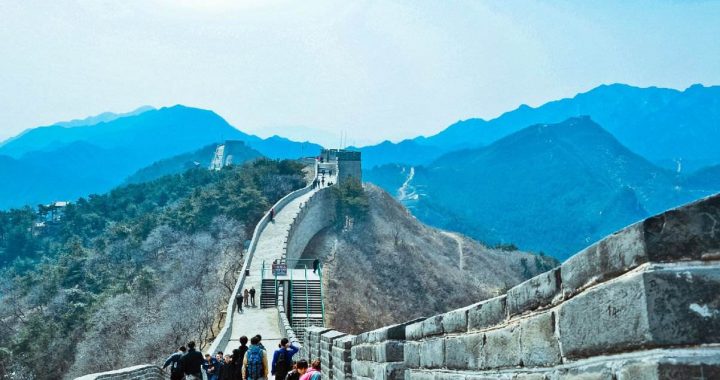The Great Wall
4 min readThe Great Wall is one of the world’s most massive and magnificent projects.It is regarded as a symbol of China’s unity and strength as well as its ancient civilization.
Starting out in the east on the banks of the Yalu River in Liaoning Province,the Wall extends from Shanhaiguan Pass for 12,700 kilometers to Jiayuguan in the Gobi desert,thus known as the Ten Thousand Li Wall in China.The Wall climbs up and down,twists and turns along the ridges of the Yanshan and Yinshan Mountain Chains through five provinces-Liaoning, Hebei, Shanxi, Shaanxi, and Gansu-and two autonomous regions-Ningxia and Inner Mongolia, binding the northern China together. The Great Wall is divided into two sections, the east and west, with Shanxi Province as the dividing line. The west part is a rammed earth construction, about 5.3 meters high on average. In the eastern part, the core of the Wall is rammed earth as well, but the outer shell is reinforced with bricks and rocks. The Great Wall is the largest of such historical and cultural architecture, and that is why it continues to be so attractive to people all over the world. In 1987, the Wall was listed by UNESCO as a world cultural heritage site.
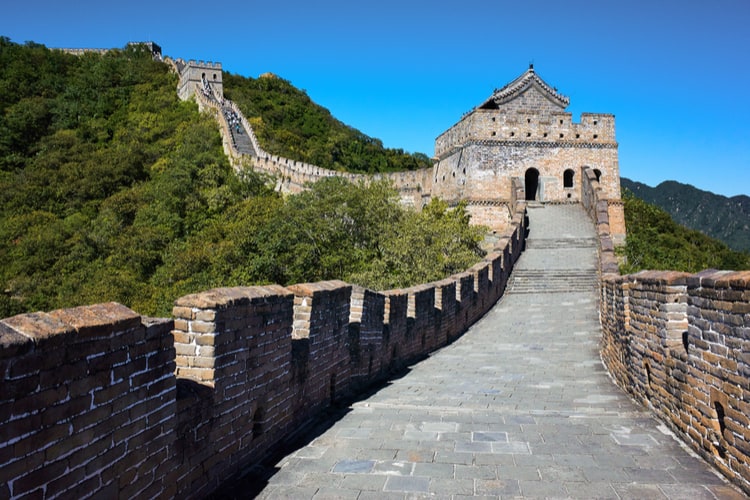
The most imposing and best preserved sections of the Great Wall are at Badaling and Mutianyu, not far from Beijing and both are open to visitors. The Wall of those sections is 7.8 meters high and 6.5 meters wide at its base, narrowing to 5.8 meters on the ramparts, wide enough for five horses to gallop abreast. There are ramparts, embrasures, peep-holes and apertures for archers on the top, besides gutters with gargoyles to drain rain-water off the parapet walk. Two-storied watchtowers are builtat approximately 400-meter internals. The top stories of the watchtower were designed for observing enemy movements, while the first were used for storing grain, fodder, military equipment and gunpowder as well as for quartering garrison soldiers. The highest watchtower at Badaling standing on a hill-top, is reached only after a steep climb, like”climbing a ladder to heaven”. However, the view from the top is rewarding. The Wall follows the contour of mountains that rise one behind the other until they finally fade and merge with distant haze.
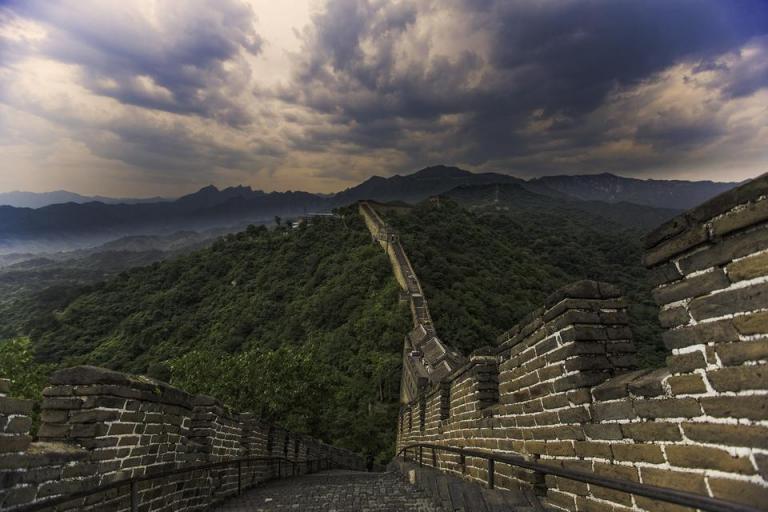
There stand 14 major passes (Guan, in Chinese) at places of strategic importance along the Great Wall, the most important being Shanhaiguan and Jiayuguan. Yet the most impressive one is Juyongguan, about 50 kilometers northwest of Beijing. Known as”Tian Xia Di Yi Guan”(The First Pass Under Heaven), Shanhaiguan Pass is situated between two sheer cliffs forming a neck connecting north China with the northeast. It had been, therefore,a key junction contested by all strategists and many famous battles were fought here. It was the gate of Shanhaiguan that the Ming general Wu Sangui opened to the Manchu army to suppress the peasant rebelion led by Li Zicheng and so surrendered the whole Ming empire to the Manchus, leading to the foundation of the Qing Dynasty.(1644-1911 A.D.)
Jiayuguan Pass was an important communication center in Chinese history. Cleft between the snow-capped Qilian Mountains and the rolling Mazong Mountains, it was on the ancient Silk Road. Zhang Qian, the first envoy of Emperor Wu Di of the Western Han Dynasty (206 B.C.-24 A.D.), crossed it on his journey to the western regions. Later, silk flowed to the west through this pass too. The gate-tower of Jiayuguan is an attractive building of excellent workmanship. It has an inner city and an outer city, the former being square in shape and surrounded by a wall 11.7 meters high and 730 meters in circumference. It has two gates, an eastern one and a western one. On each gate sits a tower facing each other. The four corners of the wall are occupied by four watchtowers, one for each.
Juyongguan,a gateway to ancient Beijing from Inner Mongolia, was built in a 15-kilometer long ravine flanked by mountains. The cavalrymen of Genghis Khan swept through it in the 13h century. At the center of the pass is a white marble platform named the Cloud Terrace, which was called the Crossing-Street Dagoba, since its narrow arch spanned the main street of the pass and on the top of the terrace there used to be three stone dagobas, built in the Yuan Dynasty (1206-1368 A.D.). At the bottom of the terrace is a half-octagonal arch gateway, interesting for its wealth of detail: it is decorated with splendid images of Buddha and four celestial guardians carved on the walls. The vividness of their expressions is matched by the exquisite workmanship.
Historical records trace the construction of the origin of the Wall to defensive fortification back to the year 656 B.C. during the reign of King Cheng of the States of Chu. Its construction continued throughout the Warring States Period in the fifth Century B.C. when ducal states Yan, Zhao, Wei, and Oin were frequently plundered by the nomadic peoples living north of the Yinshan and Yanshan mountain ranges.
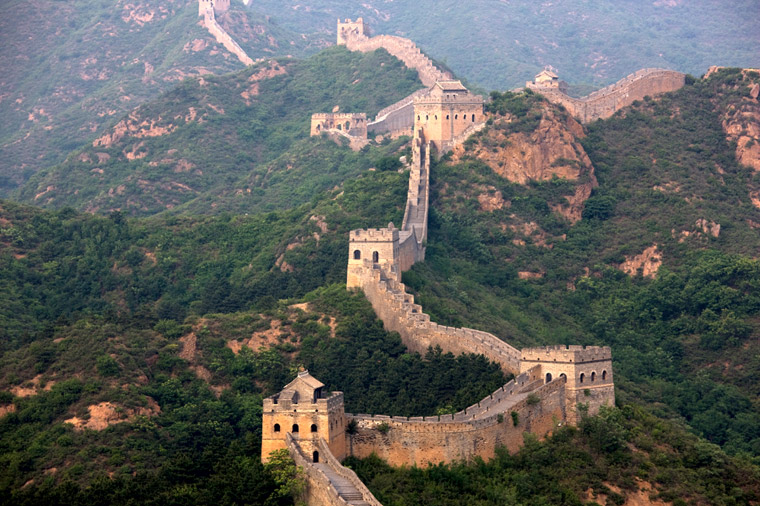
Walls, then, were built separately by these ducal states to ward off such harassments.
Later in 221 B.C.,when Qin conquered the other states and unified China,Emperor Qinshihuang ordered the connection of these individual walls and further extensions to form the basis of the present Great Wall.As a matter of fact,a separate outer wall was constructed north of the Yinshan range in the Han Dynasty.
